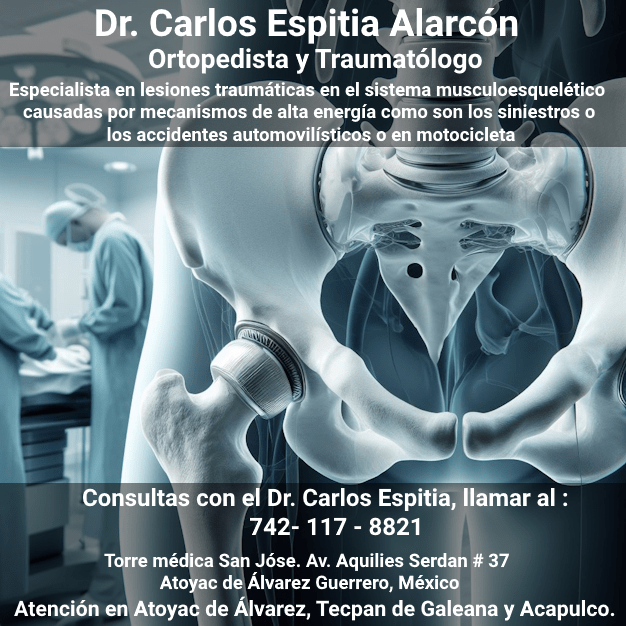Management of Lower Extremity Long-bone Fractures in Spinal Cord Injury Patients
Fuente
Este artículo es publicado originalmente en:
https://www.ncbi.nlm.nih.gov/pubmed/28837461
https://insights.ovid.com/crossref?an=00124635-201709000-00013
De:
Schulte LM1, Scully RD, Kappa JE.
J Am Acad Orthop Surg. 2017 Sep;25(9):e204-e213. doi: 10.5435/JAAOS-D-15-00686.
Todos los derechos reservados para:
Copyright © 2017 Ovid Technologies, Inc., and its partners and affiliates. All Rights Reserved.
Some content from MEDLINE®/PubMed®, a database of the U.S. National Library of Medicine.
Abstract
The AO classification system, used as a guide for modern fracture care and fixation, follows a basic philosophy of care that emphasizes early mobility and return to function. Lower extremity long-bone fractures in patients with spinal cord injury often are pathologic injuries that present unique challenges, to which the AO principles may not be entirely applicable. Optimal treatment achieves healing without affecting the functional level of the patient. These injuries often result from low-energy mechanisms in nonambulatory patients with osteopenic bone and a thin, insensate soft-tissue envelope. The complication rate can be high, and the outcomes can be catastrophic without proper care. Satisfactory results can be obtained through various methods of immobilization. Less frequently, internal fixation is applied. In certain cases, after discussion with the patient, amputation may be suitable. Prevention strategies aim to minimize bone loss and muscle atrophy.
Resumen
- PMID: 28837461 DOI: 10.5435/JAAOS-D-15-00686


